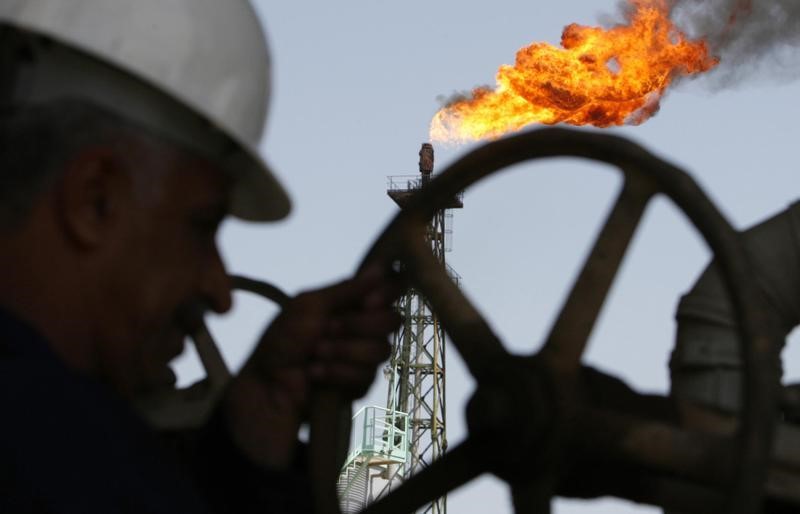Investing.com’s stocks of the week
By Barani Krishnan
Investing.com - The Saudis seem to have reacquired the gift of effective market messaging and are using it more often these days.
Remarks by an anonymous Saudi Arabian official that the desert kingdom will extend into April the deep supply cuts it has been carrying out on its oil helped crude prices rally on Monday and remain up more than 1% by New York's afternoon trade.
U.S. West Texas Intermediate crude finished the day's official trade up 72 cents, or 1.3%, at $56.79 per barrel.
U.K. Brent, the global oil benchmark, settled up 92 cents, or 1.4%, at $66.58.
Oil prices struggled to make much headway last week amid conflicting fundamentals as traders weighed OPEC's plans to continue with existing production cuts through June against worries about energy demand brought on by dismal U.S. jobs growth in February and weaker outlooks for European and Chinese GDP.
As this week began and the market was in need for a clear price booster, the Saudi official told Bloomberg that the kingdom's crude exports in April will be under 7 million barrels per day. That will be some 30% below the production ceiling of 10.311 million bpd that Saudi Arabia and its allies under the enlarged OPEC+ group agreed to in December to rebalance a market, then in excess of about 2 million bpd in supply.
While the Saudis were a little slow throughout last year's market collapse with remarks that might have helped prices had they come earlier, this time around they have been prompt, with soundbites and headlines that have gone a long way in boosting sentiment.
Adding octane to the oil market on Monday, Saudi Energy Minister Khalid al-Falih said an end to the kingdom's supply cuts, or for that matter OPEC's, would be unlikely before June. OPEC+ is to meet in April and again in June to review the impact of production cuts the group had carried out since the start of the year.
Crude prices were also helped by Friday's weekly reading on the U.S. oil rig count issued by oil services firm Baker Hughes, which reported a nine-unit drop in rigs to a 10-month low of 834.
While lower drilling activity suggests less oil will be produced in the future, U.S. crude output has remained surprisingly high this year despite falling rig counts, with rising production efficiency being the plausible explanation. The Energy Information Administration said a record 12.1 million bpd was being pumped out by the country and 13 million bpd was the target by end-2020.
